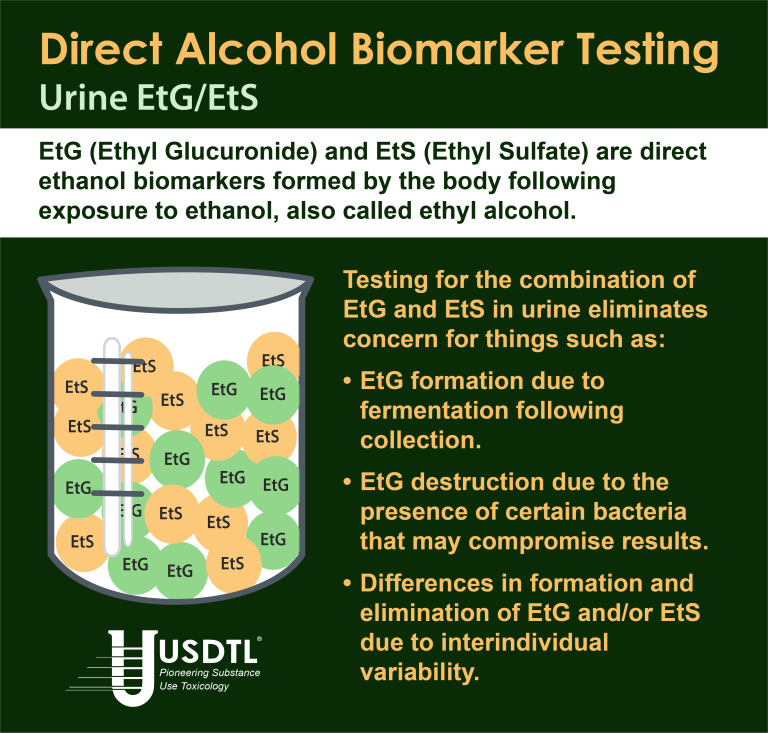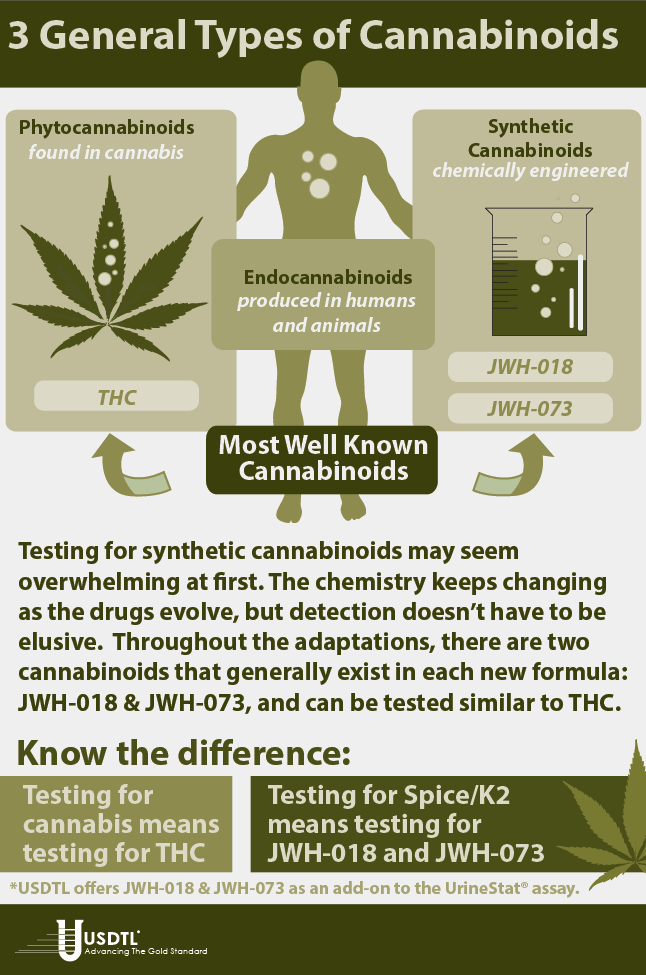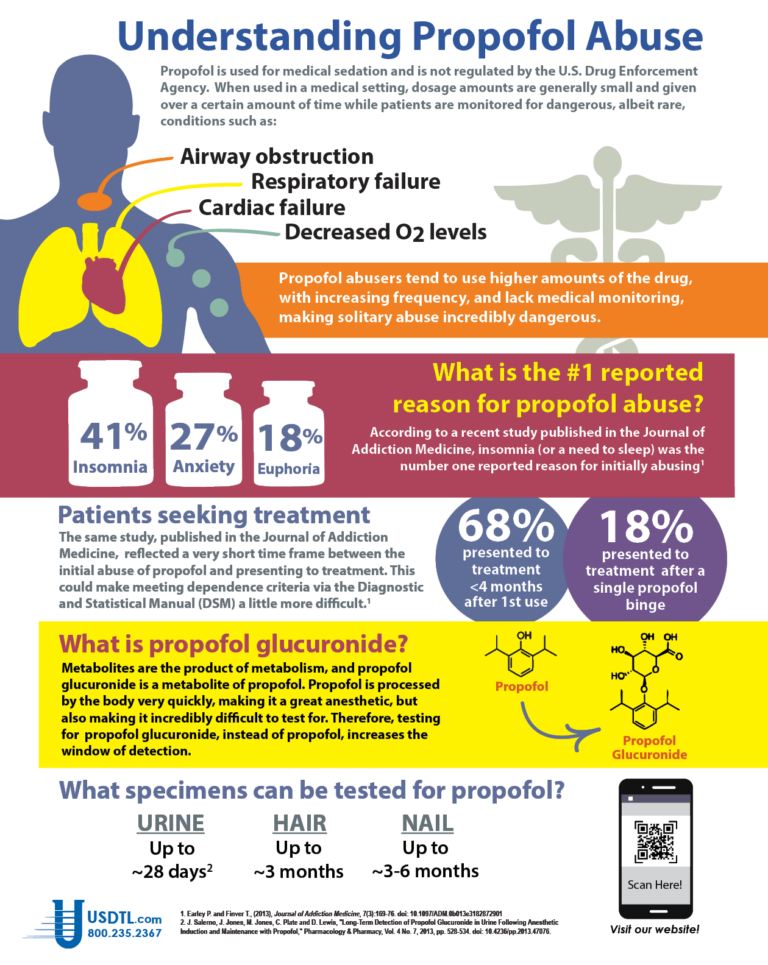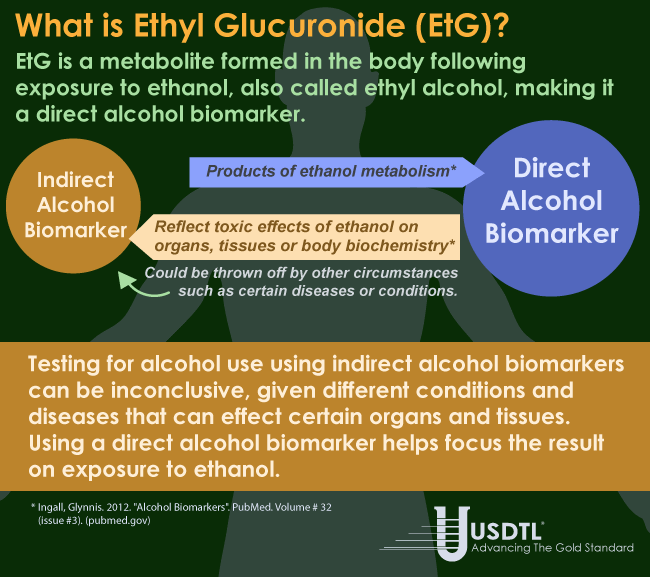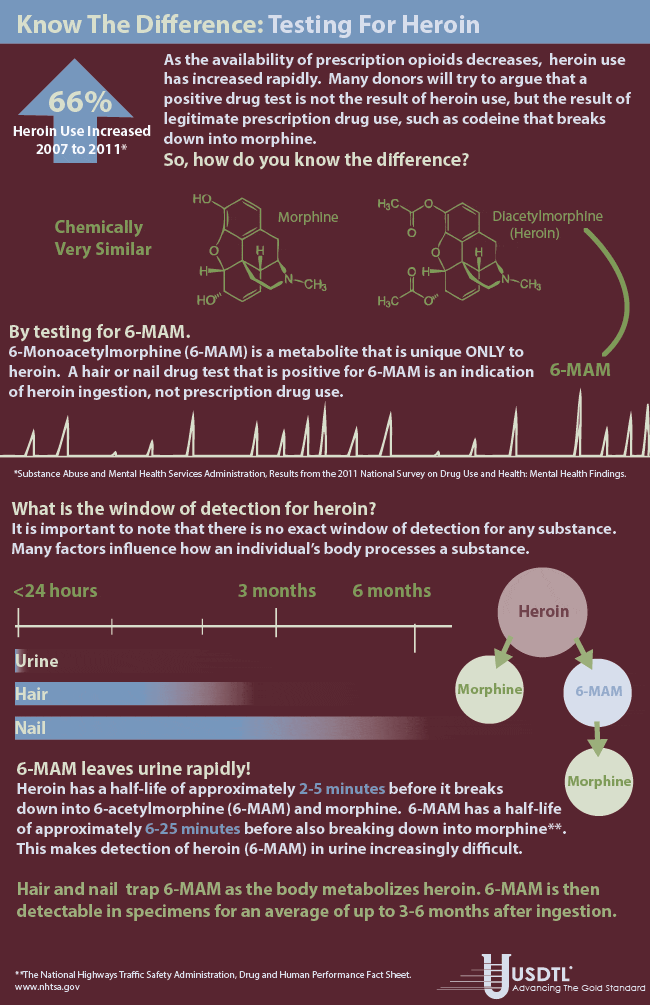Blog
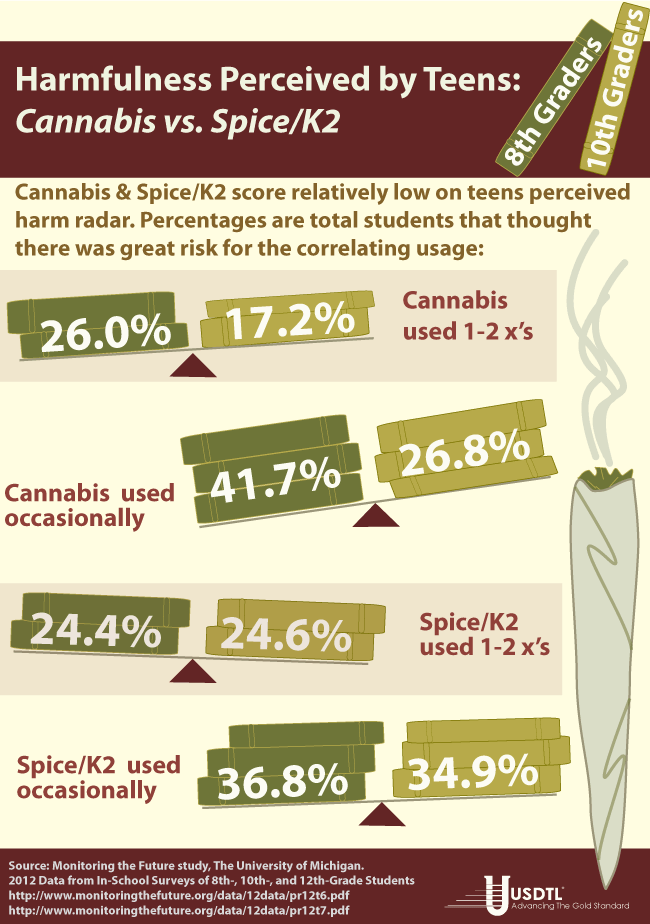
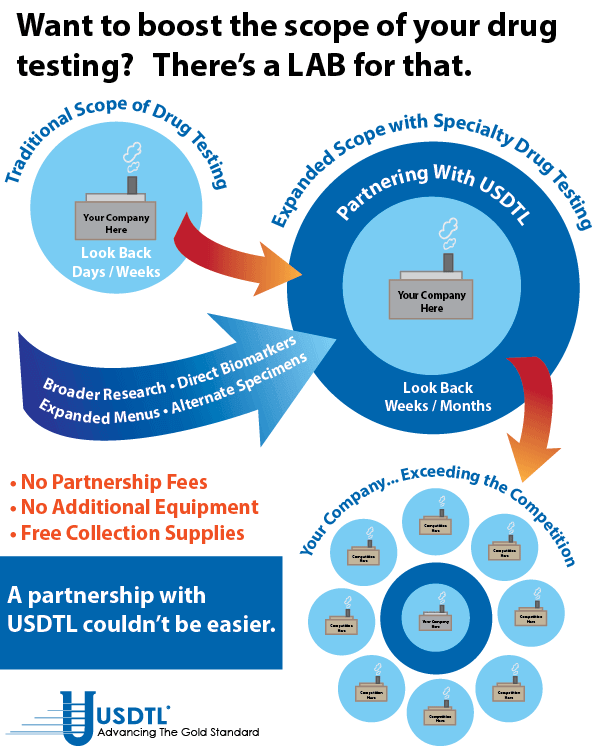
USDTL Forensic Blog
- The Detection of Delta-9-tetrahydrocannabinol, Delta-8-tetrahydrocannabinol, Delta-10-tetrahydrocannabinol, and Cannabidiol in Hair Specimens
- Umbilical Cord Tissue Testing for Ketamine
- Drugs of Abuse: A DEA Resource Guide (2024)
- Beyond THC and CBD: Understanding New Cannabinoids
- New Xylazine, Psilocin, Gabapentin, Dextromethorphan, and Extended Cannabinoids Testing at USDTL
- Psilocin: The Magic Behind the Mushroom
- Fetal Fentanyl Syndrome: Why Detecting Newborn Fentanyl Exposure Matters Now More Than Ever
- DMT: An Overview
- October 2025 (1)
- July 2025 (3)
- May 2025 (2)
- April 2025 (2)
- March 2025 (2)
- February 2025 (1)
adult and child
adult and child drug testing
alcohol biomarker
alcohol testing
alcohol use
answer key
barbiturates
bath salts
cannabidiol
cannabinoids
cbd
Chicago
child hair testing
CLMA
diazepam
direct biomarker
drug abuse
drug exposure
drug ingestion
drugs in fingernail
drug testing
EtG
ethyl glucuronide
FAS
FASD
fentanyl
Forensic Drug Testing
Forensic Technology
forensic toxicology
gabapentin
hair testing
heroin
Inc.
Innovation
ISO/IEC 17025
K2
legalization
marijuana
NAS
neontal drug exposure
newborn
newborn drug testing
opiates
opioid crisis
opioids
PEth biomarker
Phosphatidylethanol
Pilkington
sedatives
spice
synthetic cannabinoids
synthetic drug
teens
thc
toxicology
tramadol
umbilical cord
umbilical cord testing
umbilical cord tissue
umbilical cord tissue testing
United States Drug Testing Laboratories
United States Drug Testing Laboratories Inc.
USDTL
zolpidem


